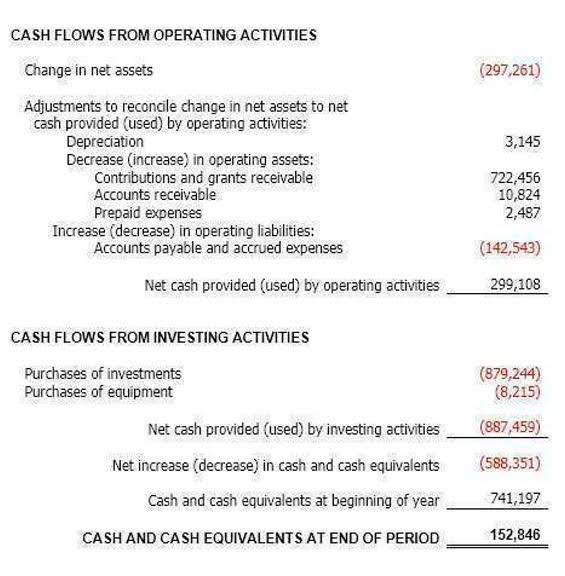
For example, if a company sells goods to a customer, the customer’s account is debited to reflect fixed assets the increase in assets, as the company receives cash or accounts receivable. Conversely, the sales account is credited, indicating that the business has generated income from the transaction. This dual entry captures the essence of the exchange, maintaining the balance within the accounting equation.

Debit and Credit Entries In Accounting

Double-entry bookkeeping refers to the 500-year-old system in which each financial transaction of a company is recorded with an entry into at least two of its general ledger accounts. Pacioli wrote the text and da Vinci drew the practical illustrations to support and explain the text in the book. The book was divided into various sections and the one that talked about double entry system was entitled as “Particularis de computis et scripturis”. Your accountant or bookkeeper should draw up a balance sheet for you at least once a quarter. If you use accounting software, use it to generate a balance sheet as often as you need to double entry accounting meaning make sure your books are balanced and your company is on track to succeed.

How Does Double Entry Bookkeeping Work?
Pacioli did not invent this method, but his work in the 15th century codified it and spread its use throughout Europe, aiding the rise of modern capitalism. This method of bookkeeping allows for much more detailed financial statements. This gives outside actors, such as banks and investors, a reliable and accurate representation of your company's condition. With every transaction recorded twice, your company will have a clear record of all money entering and leaving your accounts. This level of transparency makes it easier for everyone in the company to understand the business's financial health. This, in turn, makes it easier for cooperation and accord when it comes to making joint business decisions.
Record-Keeping System
Credits increase balances in liability accounts, while debits decrease liability balances. If a business takes out a loan for $5,000, it records a credit to the Loans Financial Forecasting For Startups Payable account (a liability) for $5,000, indicating an increase in liabilities. The other side of the entry for this transaction would be a debit to the Cash account (an asset) for $5,000, recording the increase in cash as a result of the loan.
B. Maintaining Balance in Financial Records

The primary distinction between double-entry and single-entry bookkeeping lies in the number of accounts involved in recording transactions. Double-entry bookkeeping mandates that every transaction be recorded in at least two accounts, maintaining the accounting equation’s balance. In contrast, single-entry bookkeeping records transactions only once, primarily tracking cash inflows and outflows.
- Here, the cash account is debited to indicate an increase in assets, and the service revenue account is credited, reflecting the income generated.
- In the second stage, all transactions relating to the same person or thing are collected and stored in one statement called account.
- Double-entry bookkeeping dramatically diminishes the chance of this happening because transactions must be recorded in two separate records.
- Nominal accounts include all accounts relevant to profit, loss, expense, and income.
- To record revenue in double-entry bookkeeping, you debit either the cash or accounts receivable account, which increases assets, and credit the sales revenue account, which boosts income.
- One party benefits from the transaction while the other party benefits equally.

لا يوجد تعليقات